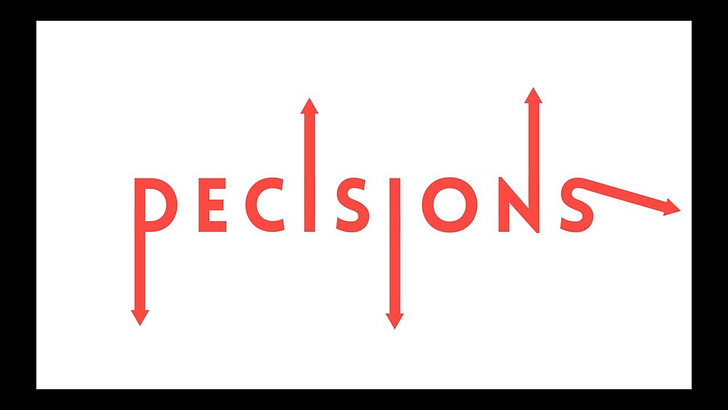I'm fascinated with behavioral economics. Not enough to ever become academic on the subject, mind you. But many of the principles/concepts help me understand the world and how we operate within it. And more importantly, how I can apply certain aspects to marketing and brand messaging.
One concept you’re already exposed to is called the anchoring effect. The anchoring effect is a cognitive bias that often causes people to use the first piece of information they are given when making decisions. It’s also called anchoring bias.
Check out some real-life examples of the anchoring effect.
Anchoring bias is one of the most well-known effects in psychology. Studies have confirmed its effects and shown that we can often become anchored by values that do not affect the task at hand. Have you heard of the term ‘social engineering’ before? Anchoring is at the root of it. And it’s scary how easy it is for us to be influenced/manipulated.
When discussing anchoring bias and its origins, many refer back to Amos Tversky and Daniel Kahneman - two giants in the field of behavioral economics. And it’s worth taking a deeper dive into what they uncovered.
Ok, your brain probably hurts so I’ll wrap it up here. But I hope you’re curious enough to explore further. There’s a lot to unpack.
// bonus material
This brief video about Daniel and Amos examines the role that heuristics (rules of thumb we use to help make decisions) play in our decisions, predictions, and assessments in situations characterized by uncertainty.



